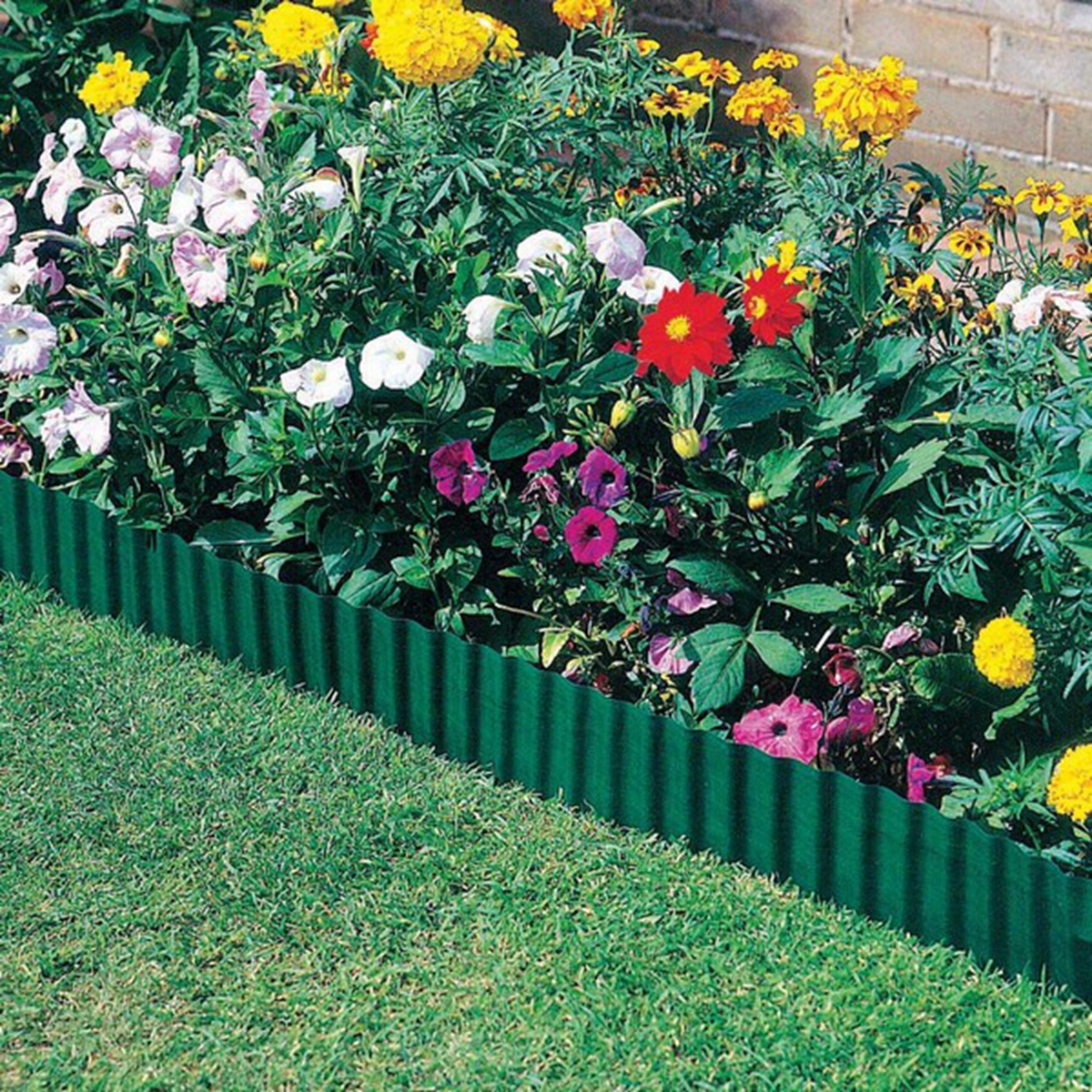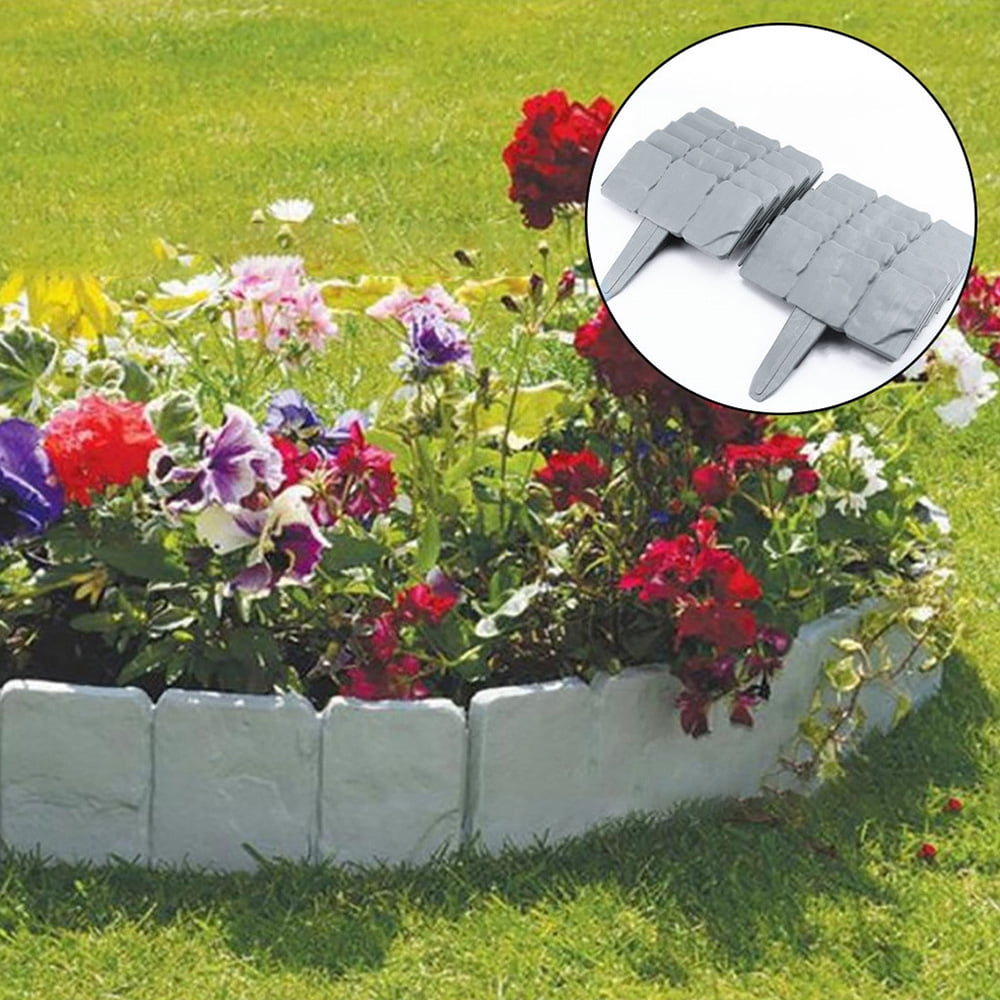


Spray the sand with a mist of water to settle the sand and add more sand to fill cracks near the top of the edging material.Repurposed Wine Bottles are Sparkly Lawn Edging Ideas Photo Credit:.This will help suppress weeds from growing in the material. Fill the gaps between the material with coarse or polymeric sand.Leave no more than ¼ inch between edging materials. Place the edging material in the trench working from one end to the other.Add 2 inches of masonry sand to the trench and spread until smooth and level.Pack the soil in the trench with a tamping tool to prevent the edging from shifting once the soil settles.Dig a flat-bottomed, flat-sided trench that is 2 inches deeper and 1 inch wider than the material.

For materials with varying sizes, measure the widest one. Measure the width of the material and add 1 inch to this measurement so you have enough working space to place the edging.Measure the height of the edging material and at 2 inches to this number.The installation process will vary depending on what type of material your customer selects, but if they choose something on the more decorative side such as brick or wood, below are the steps for creating edging that is set even with the soil. There is a multitude of other objects people have used for their edging as well, depending on your client’s creativity, but be sure to assess the effectiveness of the material before agreeing to install it. Plastic edging tends to be easily crushed or cracked if stepped on and it tends not to be the best deterrent for grassroots, as they often are sold in 4-inch widths that cannot be sunk deep enough. Your clients may have already experienced the frustration of plastic edging that won't stay in place. It can be difficult to install and lacks the stability of other products. However, plastic edging is not the most durable choice. Probably the most commonly used edging material, due to its flexibility and inexpensive nature, is plastic edging.


 0 kommentar(er)
0 kommentar(er)
